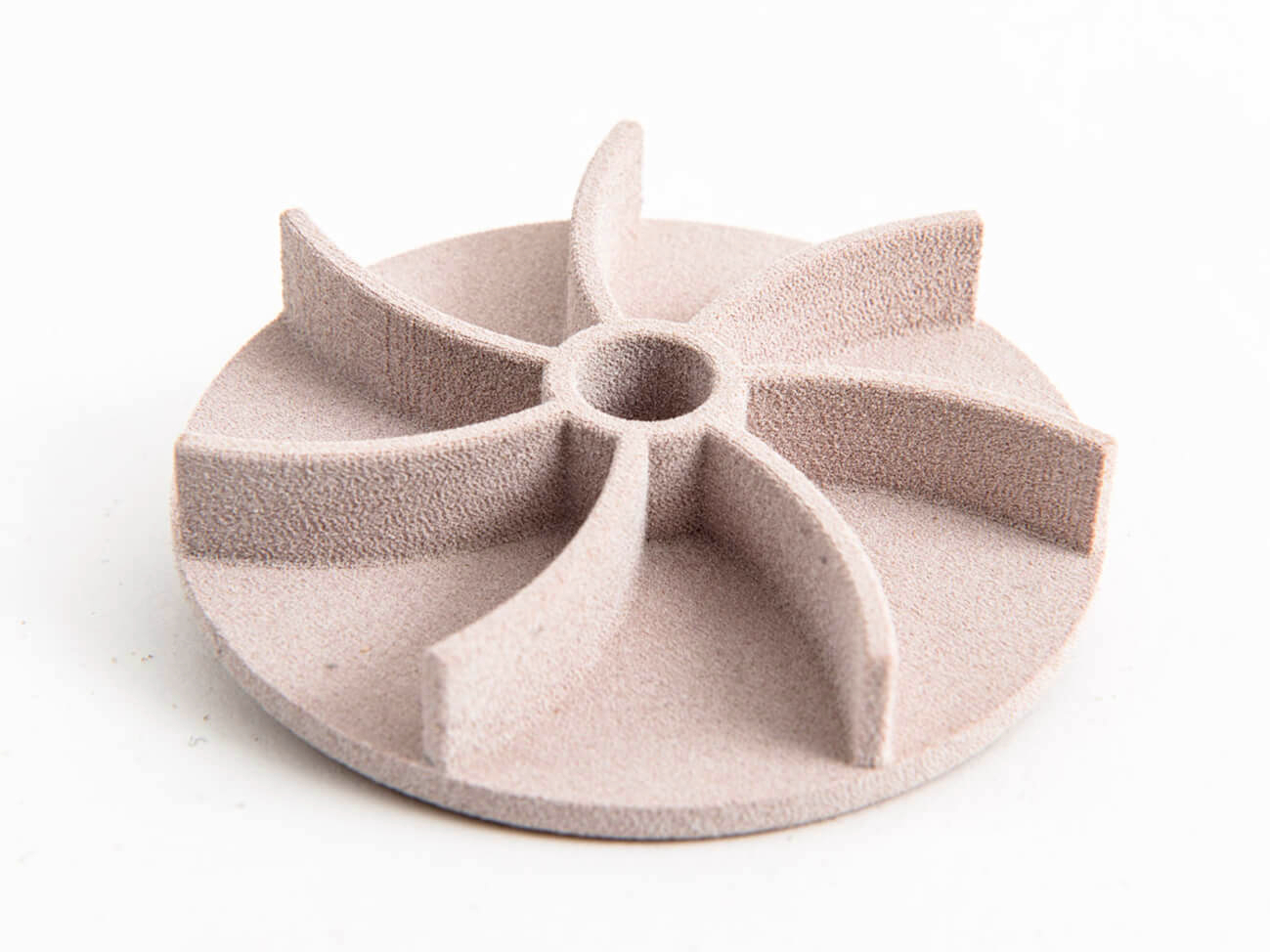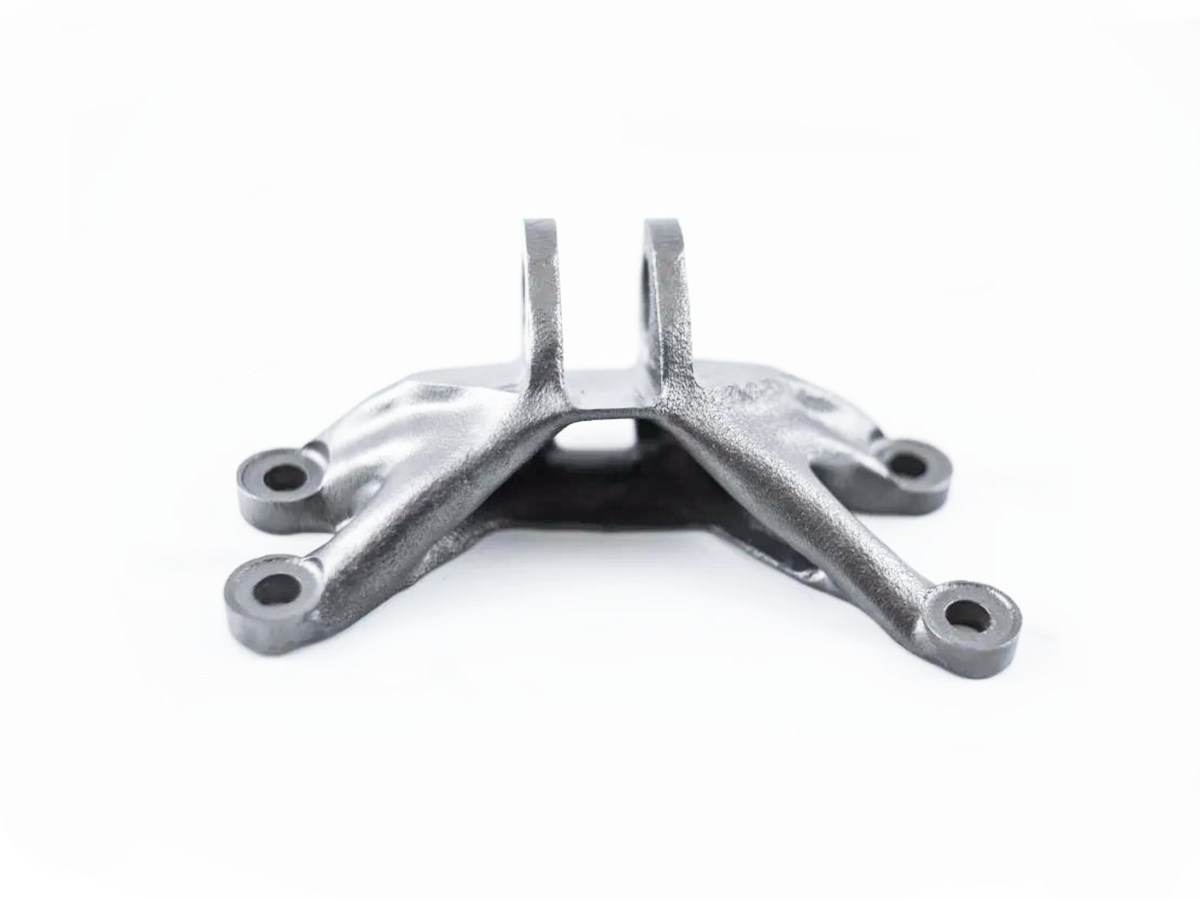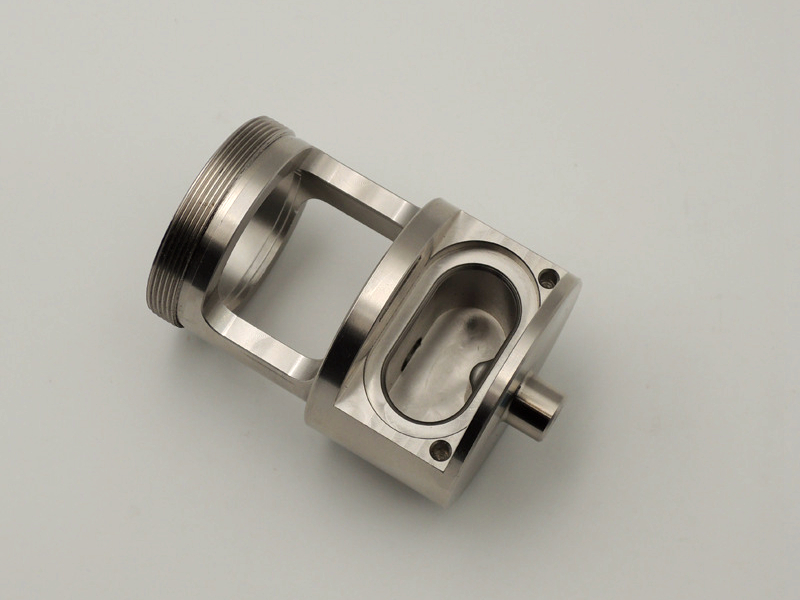Can heat-treated metal SLS parts match the strength of forged components?
From a materials engineering and manufacturing perspective, the question of whether heat-treated metal SLS parts can match the strength of forged components requires a nuanced answer. While modern metal additive manufacturing can achieve static tensile strength properties that are comparable, and in some cases superior, to forging, it often falls short in matching the overall combination of toughness, fatigue life, and isotropy that defines a high-quality forged component.
The Strength Paradox: Tensile Strength vs. Toughness
Direct Metal Laser Sintering (DMLS) or Selective Laser Melting (SLM) produces parts with extremely fine, rapid solidification microstructures. This can result in very high yield and ultimate tensile strength (UTS), often exceeding the minimum specifications for wrought or forged equivalents of the same alloy, such as Ti-6Al-4V or Inconel 718. Subsequent heat treatment (e.g., Hot Isostatic Pressing - HIP, and solution aging) is critical to relieve internal stresses, reduce anisotropy, and further enhance strength.
However, the key differentiator is toughness (resistance to fracture) and fatigue strength (resistance to cyclic loading).
Forged Components: The forging process plastically deforms the metal, breaking up inclusions and creating a continuous, directional grain flow that follows the part's contour. This results in superior ductility, impact toughness, and very high fatigue resistance, as cracks have a more difficult path to propagate.
Metal SLS Parts: The layer-by-layer process can lead to:
Internal Defects: Minute pores, partially fused powder, or lack of fusion voids can act as stress concentration points, initiating cracks under cyclic loads.
Anisotropy: Mechanical properties can be slightly different in the vertical (build) direction compared to the horizontal plane, though this is significantly mitigated by proper process parameters and HIP.
The Role of Hot Isostatic Pressing (HIP)
HIP is a near-mandatory post-process for critical SLS components aiming to match forged performance. It subjects the part to high temperature and isostatic gas pressure, which effectively closes internal pores and voids, significantly improving ductility and fatigue life. After HIP and a tailored heat treatment cycle, the fatigue performance of metal SLS parts can come much closer to that of forged materials, but the inherent microstructural difference of a cast/welded structure versus a wrought one often remains.
Comparison of Key Properties
Property | Forged Components | Heat-Treated Metal SLS (with HIP) |
|---|---|---|
Tensile/Yield Strength | Meets or exceeds spec; highly consistent | Can meet or exceed forged spec |
Ductility (% Elongation) | High and consistent | Good, but can be lower than forged |
Fatigue Strength | Excellent (Gold Standard) | Good to Very Good; highly dependent on surface finish and internal quality |
Impact Toughness | Superior | Generally lower than forged |
Microstructure | Directional, wrought grain flow | Fine, as-cast/equiaxed grains |
Geometric Freedom | Limited | Exceptional |
Engineering Guidelines for Selection
Choose Forging for Ultimate Performance: For parts subject to high-impact loads, extreme cyclic stresses, or in critical safety applications (e.g., landing gear, rotating turbine disks), forging remains the undisputed champion for reliability and performance.
Choose Metal SLS for Complexity and Integration: The primary advantage of SLS is its ability to create lightweight, complex geometries—such as internal cooling channels, latticed structures, and consolidated assemblies—that are impossible to forge. This makes it ideal for applications in aerospace (brackets, nozzles) and medical (implants) where weight savings and functionality trump absolute peak toughness.
Use a Hybrid Approach: For the best of both worlds, a common strategy is to use SLS to create a near-net-shape preform of a highly complex part, and then use a secondary process like CNC Machining on critical interfaces and surfaces to improve fatigue performance by imposing a compressive stress layer and ensuring a superior surface finish.
In conclusion, while a heat-treated and HIPped metal SLS part can demonstrate a tensile strength profile that matches a forged component, it is not a direct substitute in applications where maximum toughness and fatigue life are the paramount concerns. The choice is not about which is universally "stronger," but about which manufacturing method delivers the right combination of properties for the specific application's loading conditions and performance requirements.



